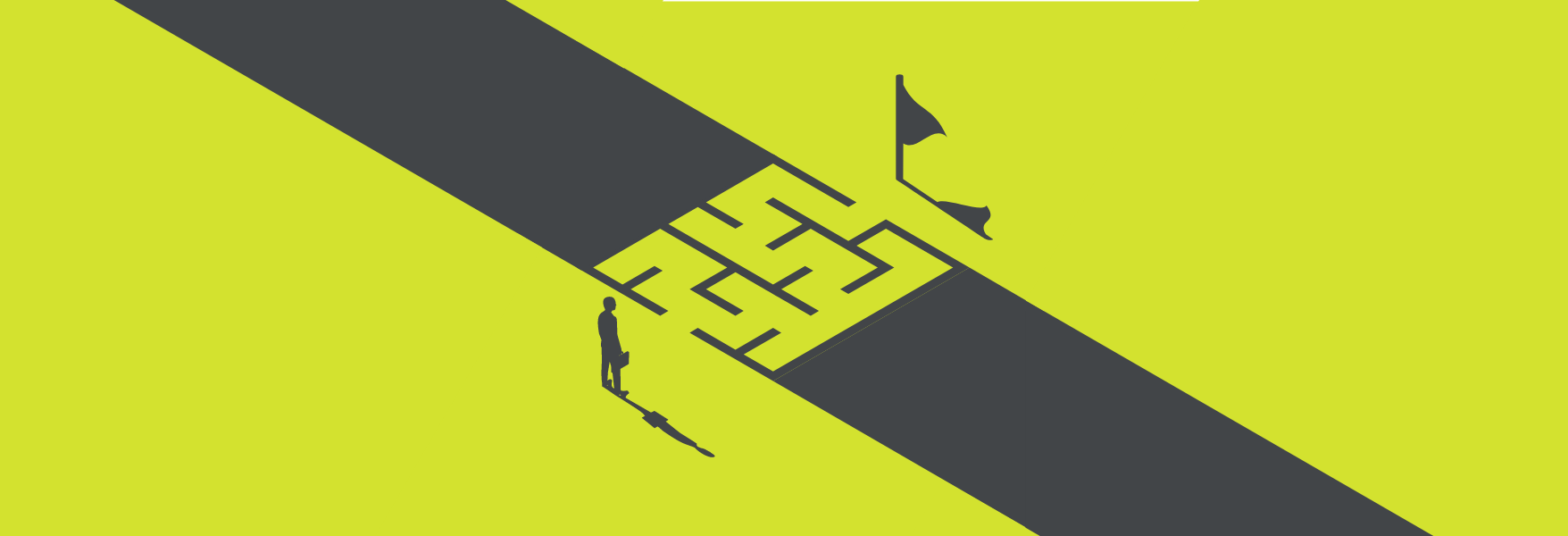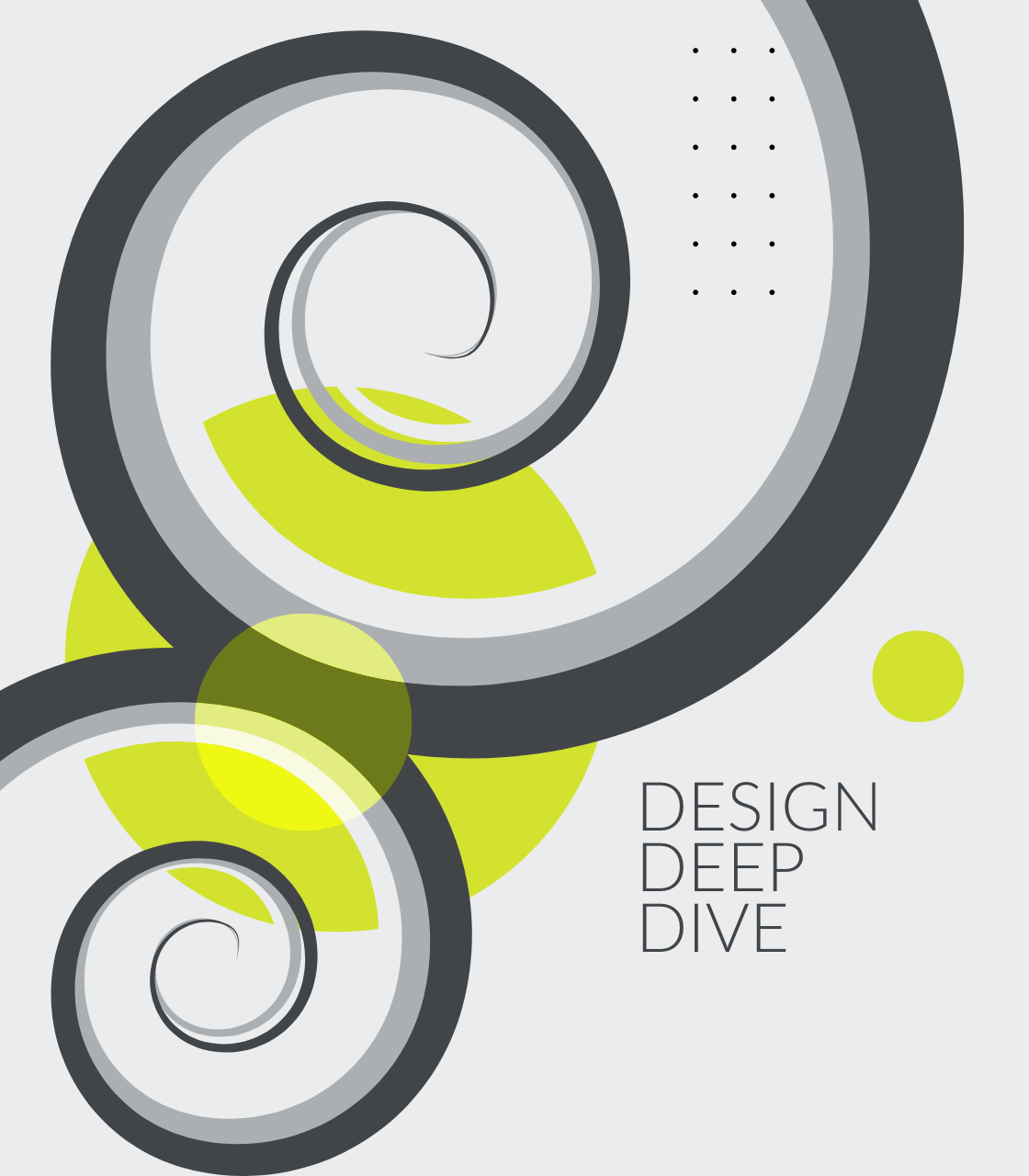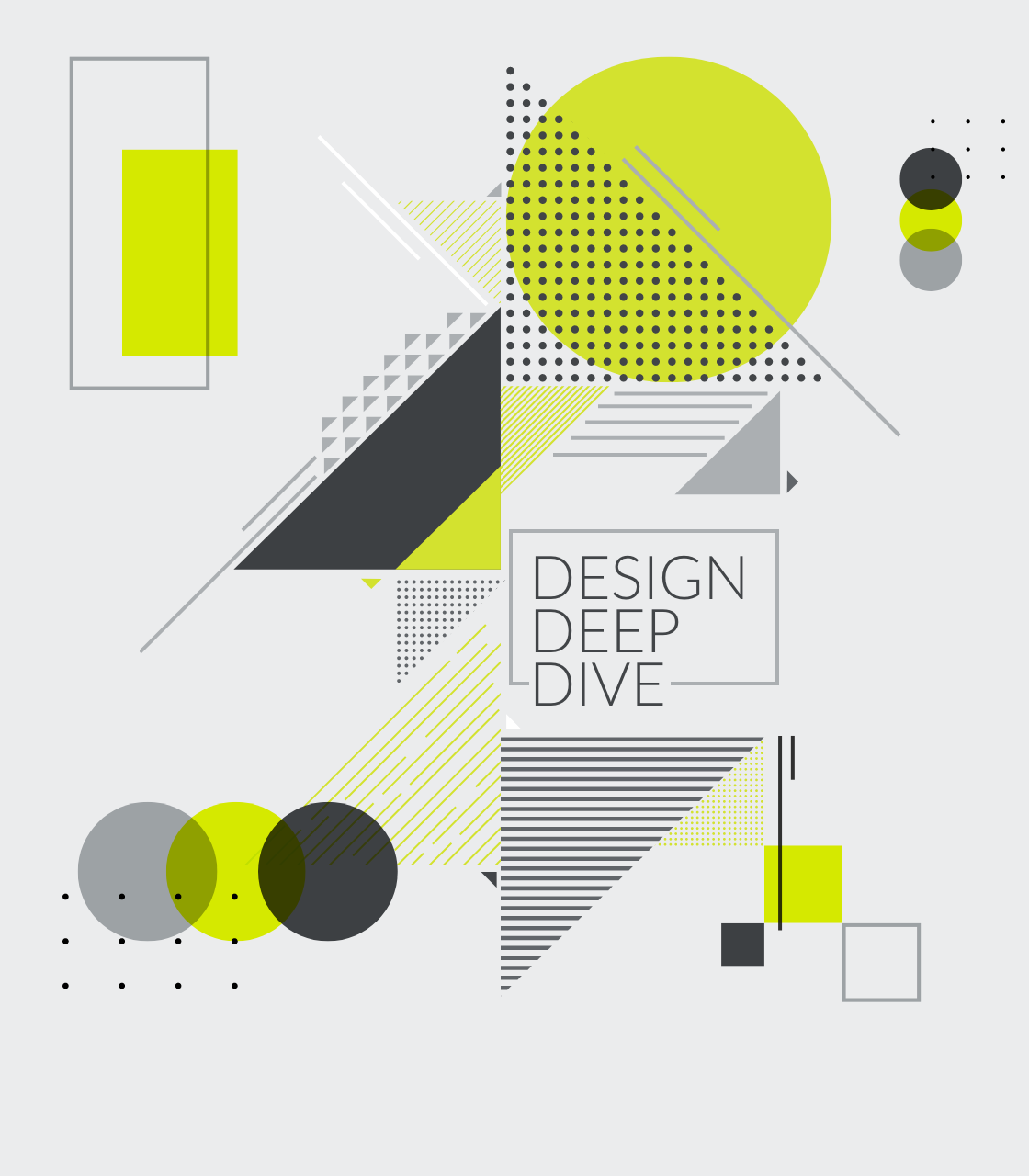
Buzz / 03 24, 2023
LEAVING GRAPHIC DESIGN BEHIND: THE FUTURE IS ALL ABOUT THE USER
We interviewed James DeMass, one of Haneke Design’s Senior Designers. With over 20 years of experience in the Design industry, James has established himself as a top-level designer and an integral part of the Haneke Design team.
Read on to learn more about James and his transition from a Graphic-focused designer to a UI/UX designer.
How did you get into the Design Industry, and why did you choose to transition from a Graphic Designer to a UI/UX designer?
I’ve always been interested in Design and the creative world. I went to Ringling School of Art and Design and graduated in 1999 with a Bachelor of Fine Arts in Graphic and Interactive Communication. Shortly after graduating, I began my career as a Graphic Designer and now have over 20 years of experience in that area of work.
Most of James’ career has been in the print field with magazines, catalogs, product packaging and branding, but about 5 years ago he started experimenting with UI/UX Design. With all of the recent advances in technology, it became apparent that the future would be all about the new ways to interact with visual design, so making this transition really just seemed like the next logical step.
Are the skills transferable? Do the graphic design principles/skills apply to UI/UX Design?
The jump from graphic design to UI/UX design wasn’t too difficult because most design rules and principles are transferable, and many design skills or skill sets cross over the different design disciplines. The biggest difference was just a matter of entering a new mindset or way of thinking.
Graphic designers usually deal in static visuals—they are concerned with color, texture, shadow, shape and light, and do not instinctively think in terms of movement, action and tasks.
UI/UX designers, on the other hand, are always thinking in terms of user actions, reactions, behaviors and motivations. These types of designers are interested in what the user is doing and what the system should be doing in response, and then how this can be most effectively communicated through various digital mediums.
The transition away from graphic design means moving away from a static-design mindset, and shifting towards a style of thinking that is more focused on the linear aspect of design—what should the end user experience and what does that journey look like?
This kind of design means thinking in terms of components and states, and asking questions like:
- What should this element look like when it is off vs on?
- Where should the label be placed?
- What does the system do when the component is in the off-state vs on-state?
- What should the user see to let them know?
- How do we provide proper feedback about this whether in a change of visual state or in messaging?
- How should this element be categorized?
- Should we even be using a radio button or should this be a checkbox?
- How should this element be placed or grouped with other elements?
- What existing patterns can I borrow from?
What is your favorite aspect of UI/UX Design?
It’s hard to pick just one aspect because there is so much to love about UI/UX Design. For starters, I enjoy watching my designs come to life and seeing the impact my designs have on every-day processes or tasks. Knowing that my work can enhance a user’s experience with a particular product, or make it easier to navigate through every-day scenarios is very rewarding.
James also noted a love for the trial and error process of UI/UX Design. He compared it to a puzzle, stating the amount of time and effort that is spent needing to ensure the right pieces are fitting together or else the picture will be left incomplete.
Additionally, James pointed out that there is a tremendous amount of analytical thinking that required for more user-focused design, in addition to the creative side. A lot of design work is heavily based in creativity, but UI/UX design involves acquiring data about the user’s wants, needs and behavior and using that data to improve the user experience.
What advice would you give to someone who is looking to make the transition from Graphic Design to UI/UX Design?
My advice is simple: just go for it! Don’t be afraid to ask questions and don’t shy away from failure. The best way to learn is to make mistakes and learn from them, and it’s even better if you can learn from others’ mistakes.
There really is no ‘correct’ answer when it comes to design—it’s more of a process-focused approach.
It’s important to start with the big picture and focus on what the end goal is, then make decisions based on that end-goal. Ultimately, it’s about determining the quickest and most effective way to get the user to a specific place or action and the best way to do that is to put yourself in the shoes of the user.
It’s important to ask questions like, ‘Why did I choose to download or sign up for the product in the first place?’, ‘What did I do right after I opened the product for the first time?’, ‘What was I thinking as I started using it?’ etc.
Career transitions are never easy, but they can be done. With the existing overlap in design skill sets, graphic designers have the ability to become great UI/UX designers, it just takes time and patience.



